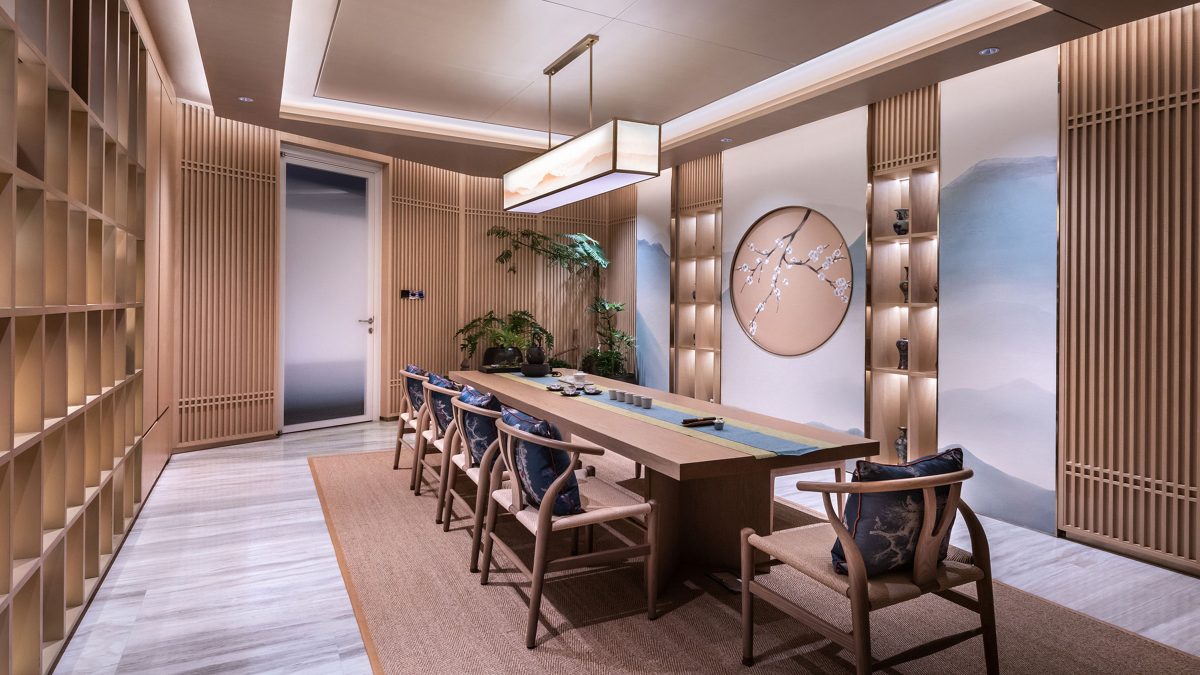









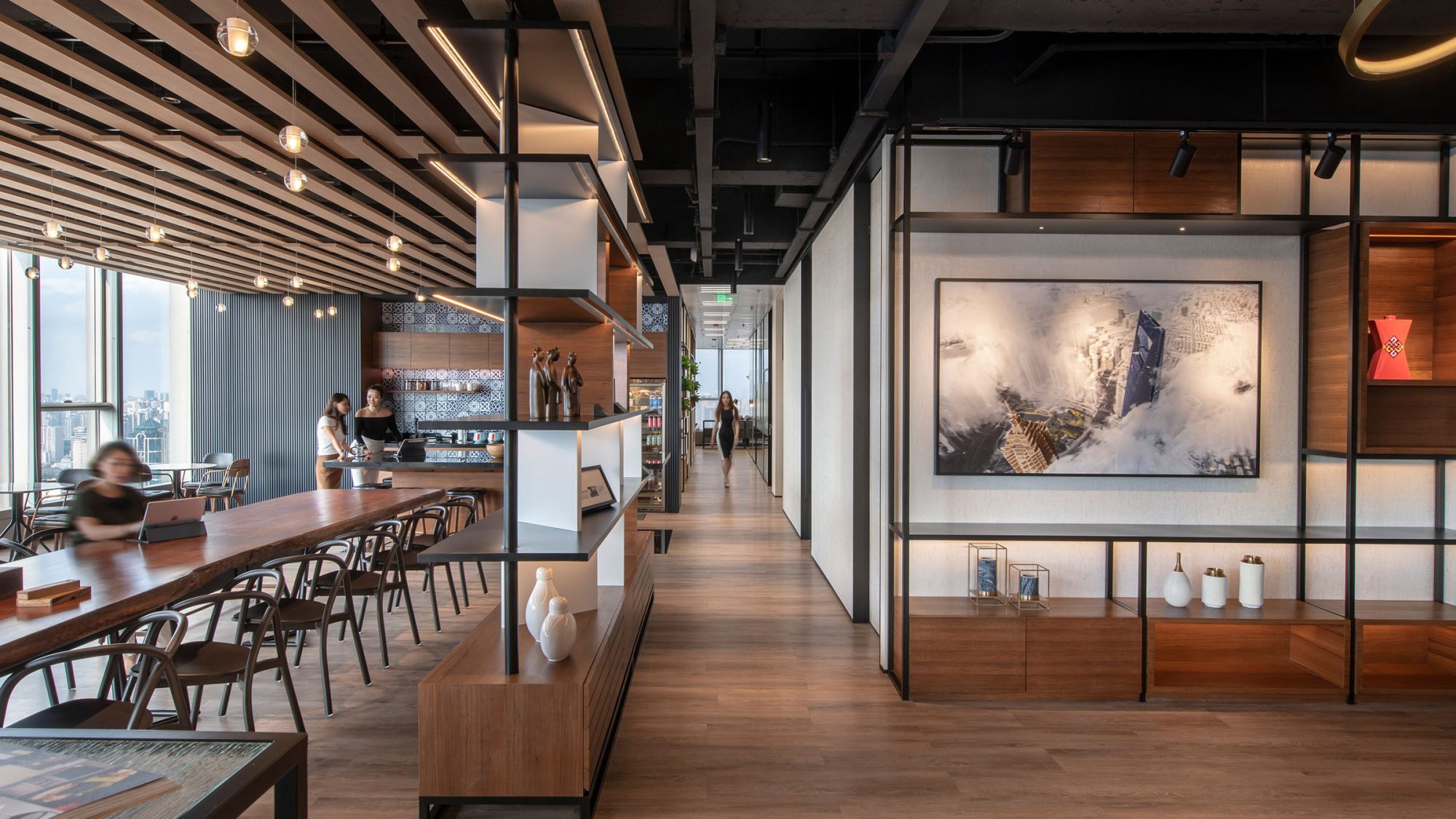
Rooted in East Asian philosophies, Eastern aesthetics spans disciplines from visual arts to architecture, with an emphasis on simplicity, harmony and nature. The term celebrates the artistic principles, styles and perceptions innate to Eastern regions and cultures – extending them to global workplace contexts.
From minimalist ink paintings to zen gardens, this article explores how to integrate these elements into modern office design. Using colours, materials, art, texture and innovative technology, the approach acknowledges the importance of adapting to diverse contexts and cultures.
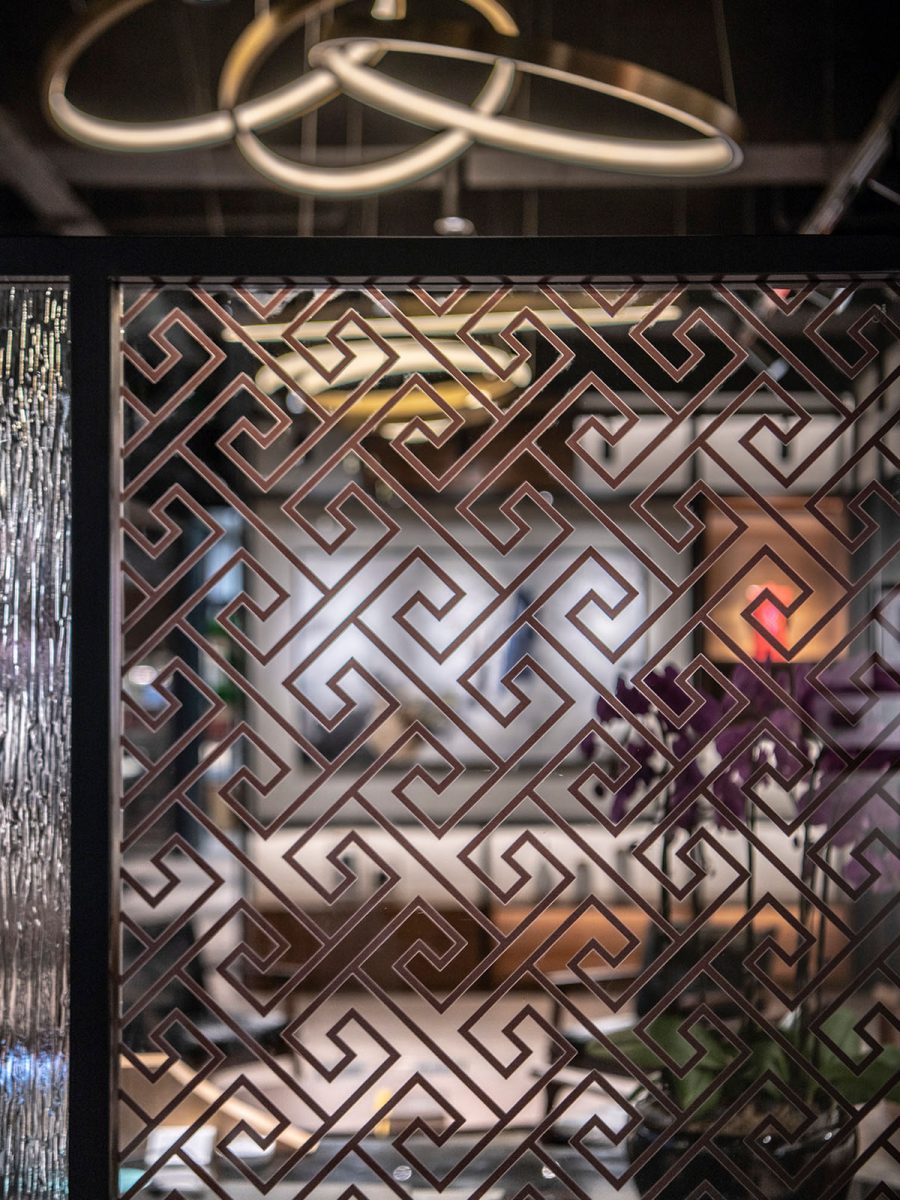
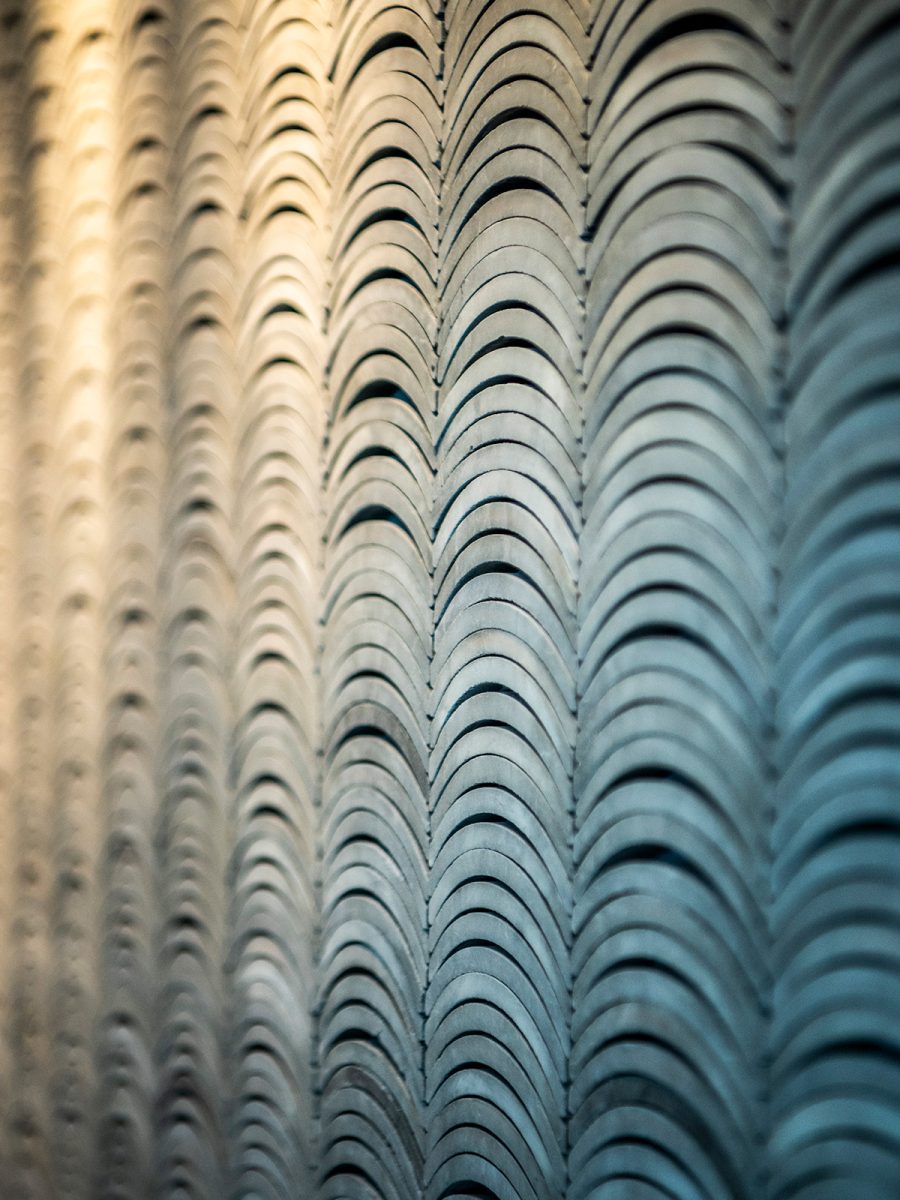
In today’s business landscape, the office presents a valuable opportunity to showcase a company’s unique cultural identity and foster a sense of belonging. Organisations can merge local culture with their corporate ethos by incorporating distinctive design elements. This approach can help nurture connection, communicate an international presence and leave a lasting impression on clients.
In the global business world, office spaces play a vital role in bringing together clients and partners by showing a genuine appreciation for their culture. By embracing and integrating these cultural aspects, companies can build strong local relationships and promote business growth. This blending of cultures supports trust and collaboration, driving the success of the company and the community.
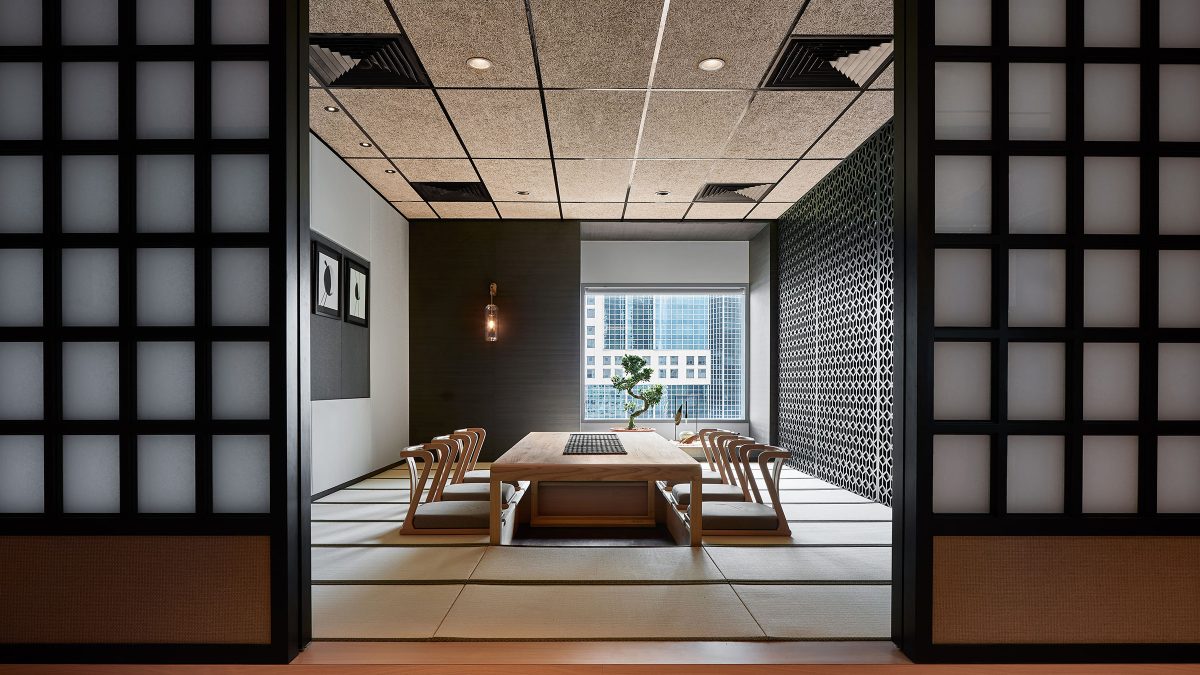
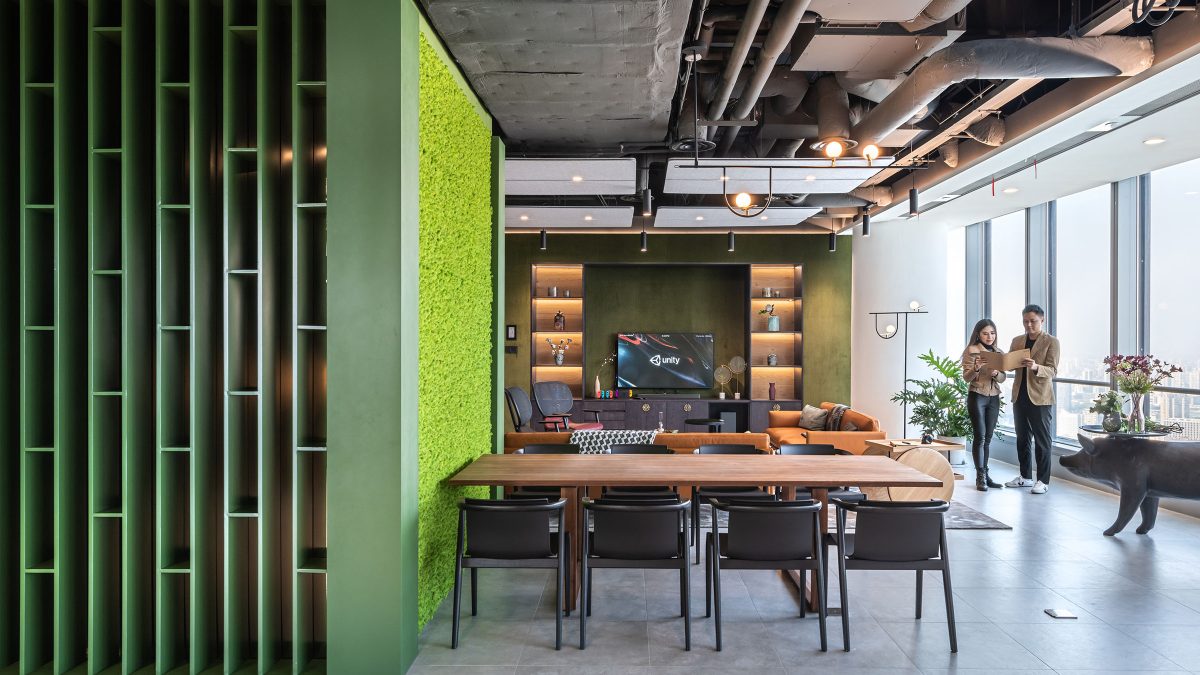
1. Colours: capturing the essence
Eastern aesthetics greatly rely on the use of colours. Selecting shades based on their characteristics and conveying ideas through different tones is a fundamental principle. The iconic Forbidden City in Beijing demonstrates this approach by using traditional colour combinations such as red bricks, green tiles and gracefully upturned eaves. These elements symbolise status, dignity and cultural significance. The red walls represent the power of fire, which is considered the foundation for growth in tradition. The yellow-glazed tiles bring a sense of nobility and prestige.
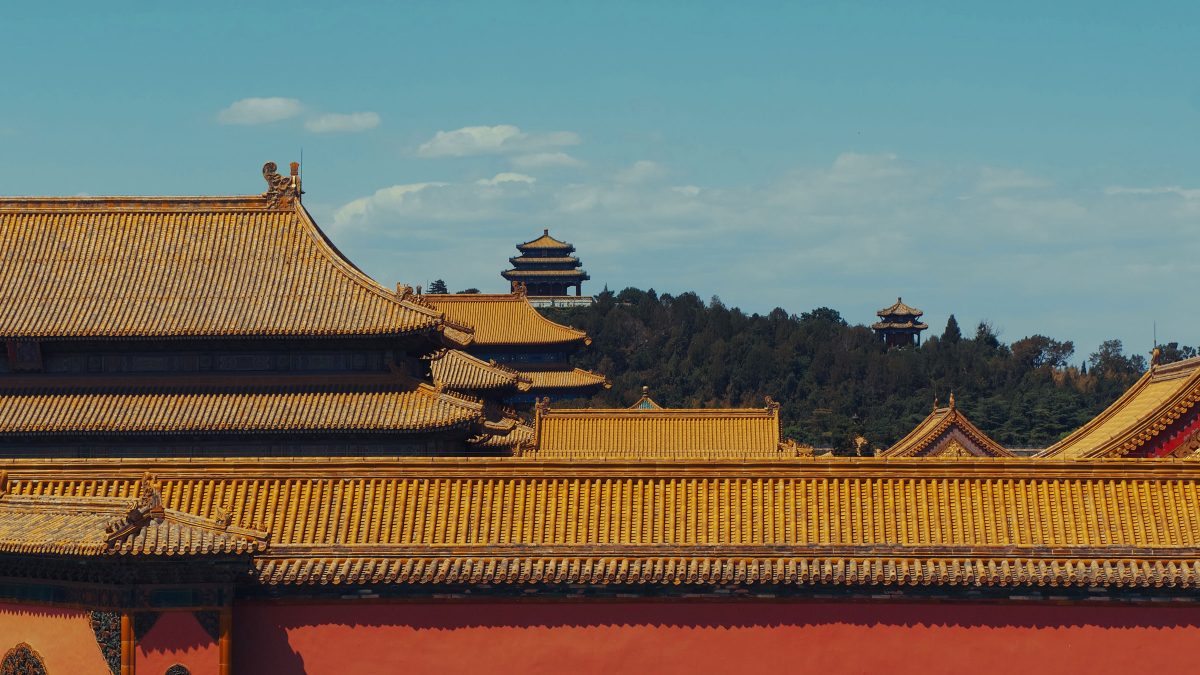
In office design, different rooms and spaces can use unique colour themes to express their purpose. These choices can change the mood or feel of a workspace. For instance, across the Asia-Pacific region, the strategic use of red, inspired by traditional Chinese symbolism, can create a lively and energetic ambience.
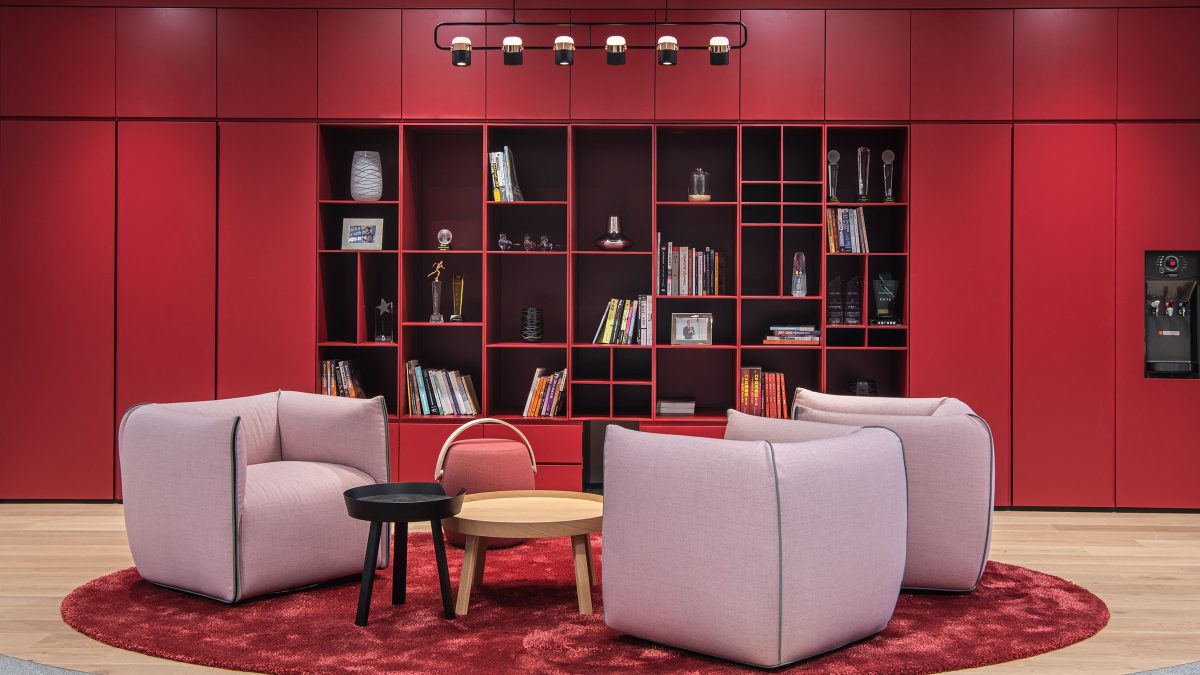
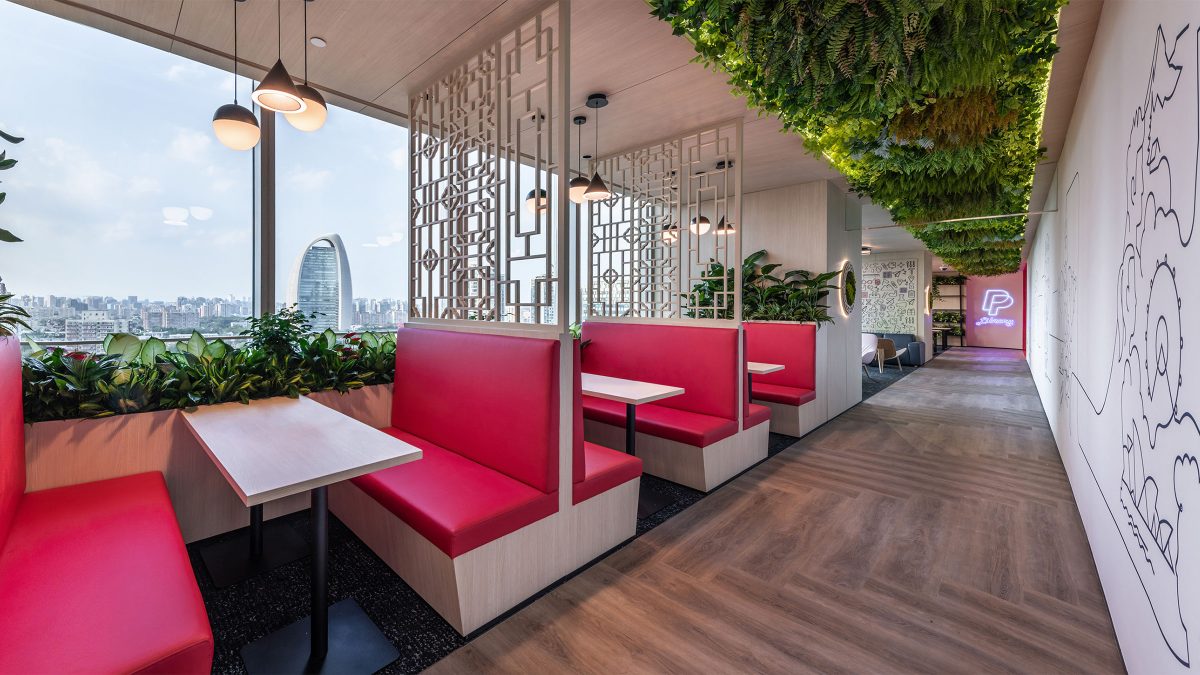
In Eastern cultures, there is a strong emphasis on the harmonious relationship between humans and nature. To create a captivating Eastern ambience, incorporating natural materials like wood, bamboo, stones and clay tiles is key. These elements bring a sense of elegance and connection with the local surroundings.
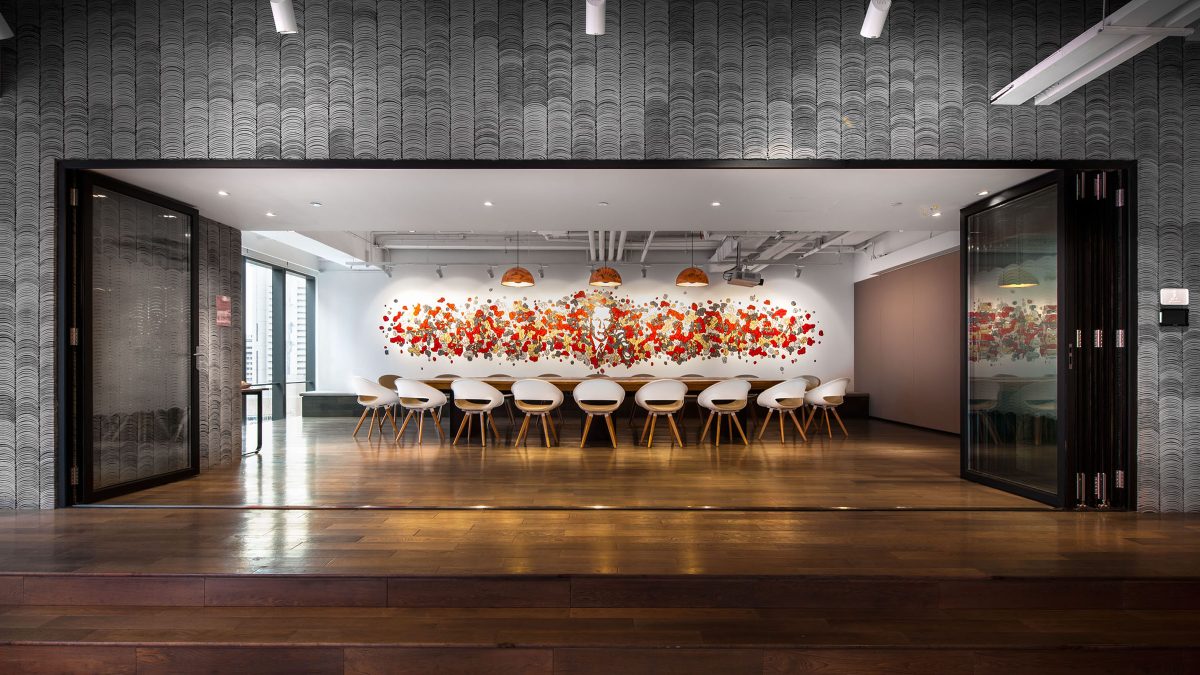
At PayPal’s Beijing office, the reception area takes inspiration from the materials and texture of China’s Great Wall, an architectural marvel and one of the New Seven Wonders of the World. The brick walls create a distinctive style and a warm, cosy environment that echoes the essence of Eastern aesthetics.
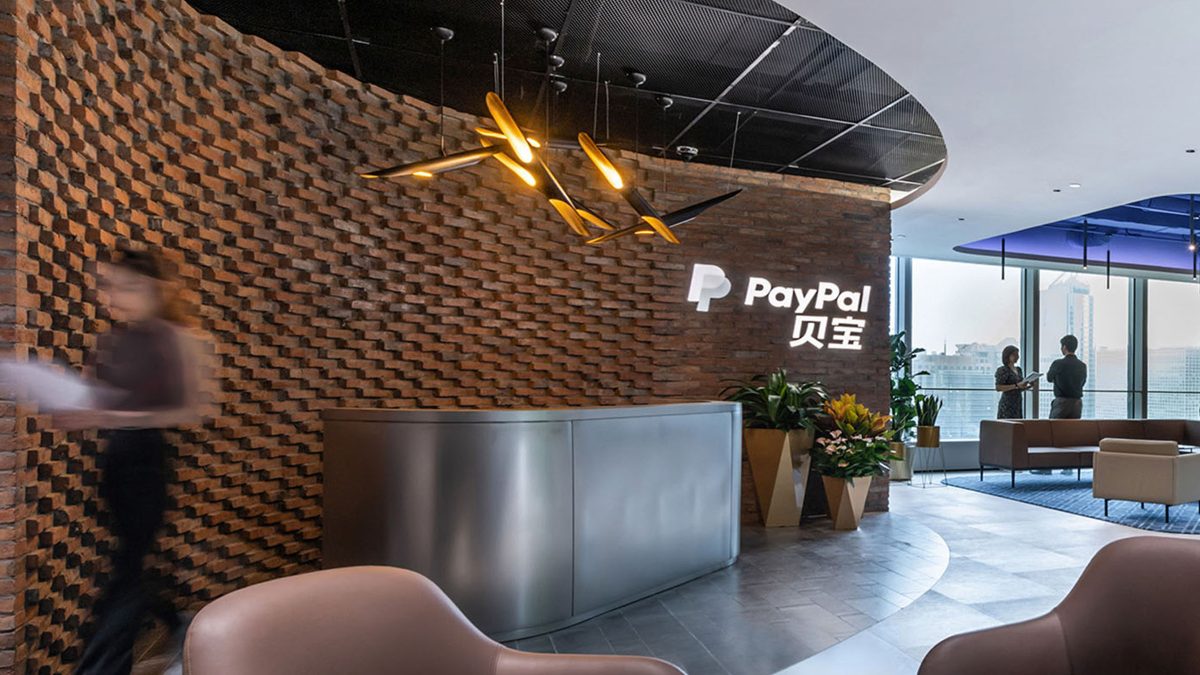
Companies are continuing to recognise the power of art and decorative pieces in creating more inclusive and inspiring work environments. It’s a chance to showcase their unique history and culture while offering a bold personal touch.
Various art forms, such as traditional paintings, calligraphy, antiques, Chinese foldable screens and carvings breathe life into spaces and create a deep cultural connection.
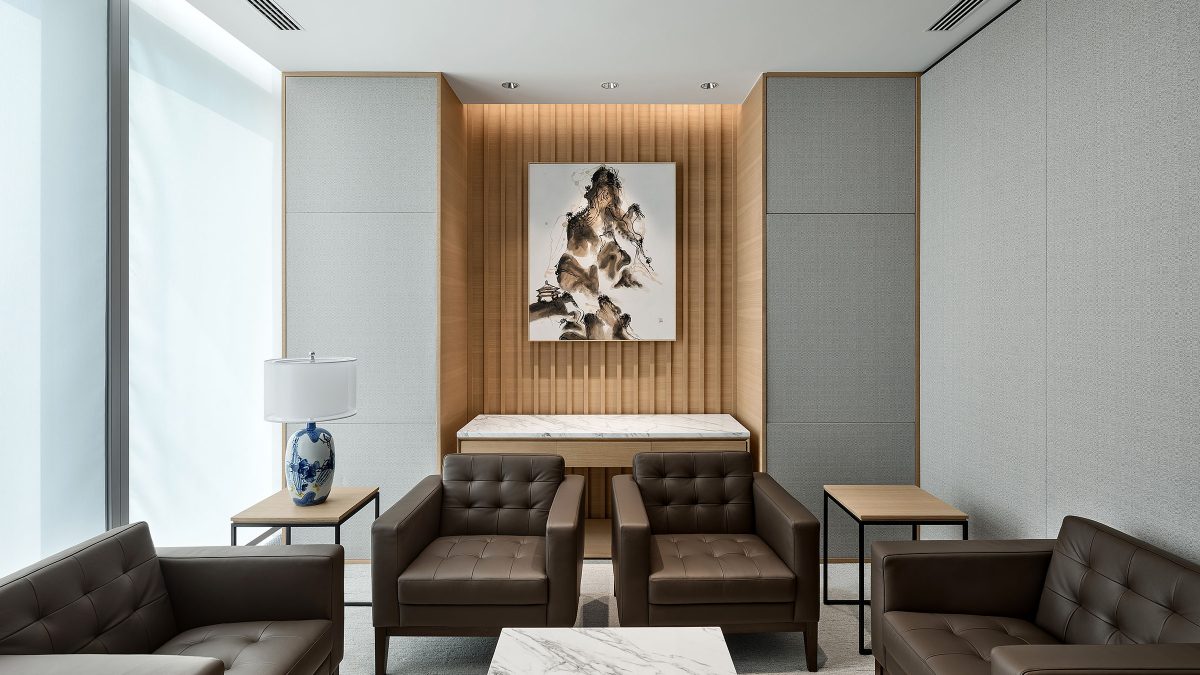
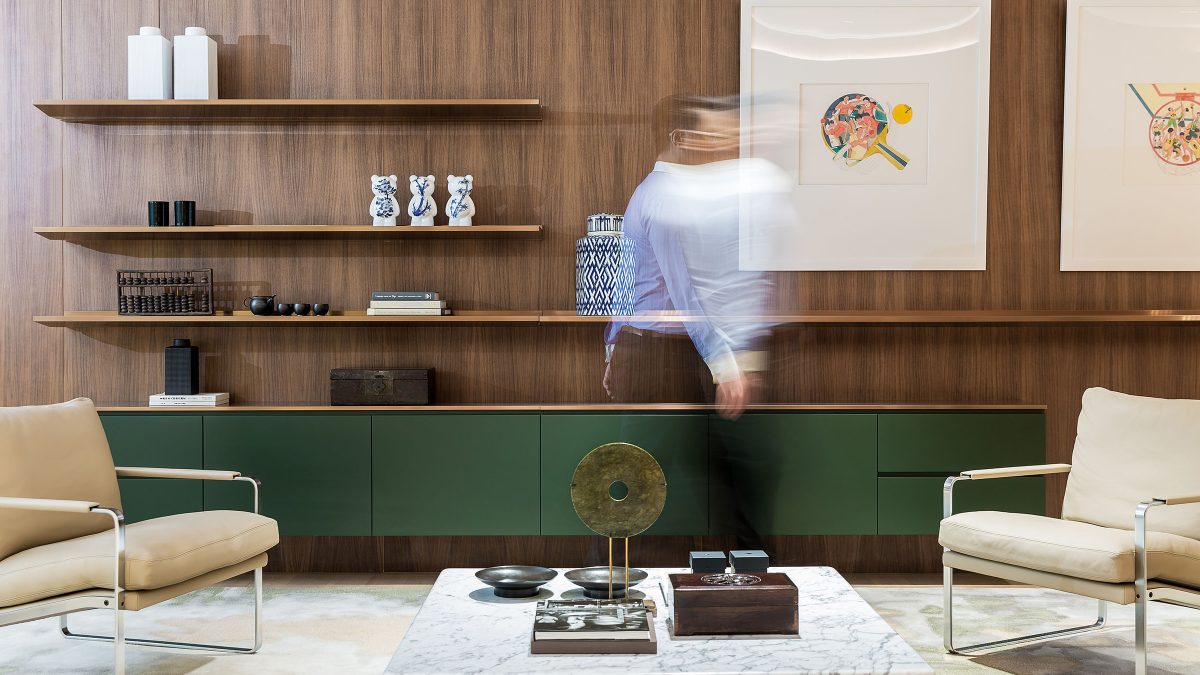
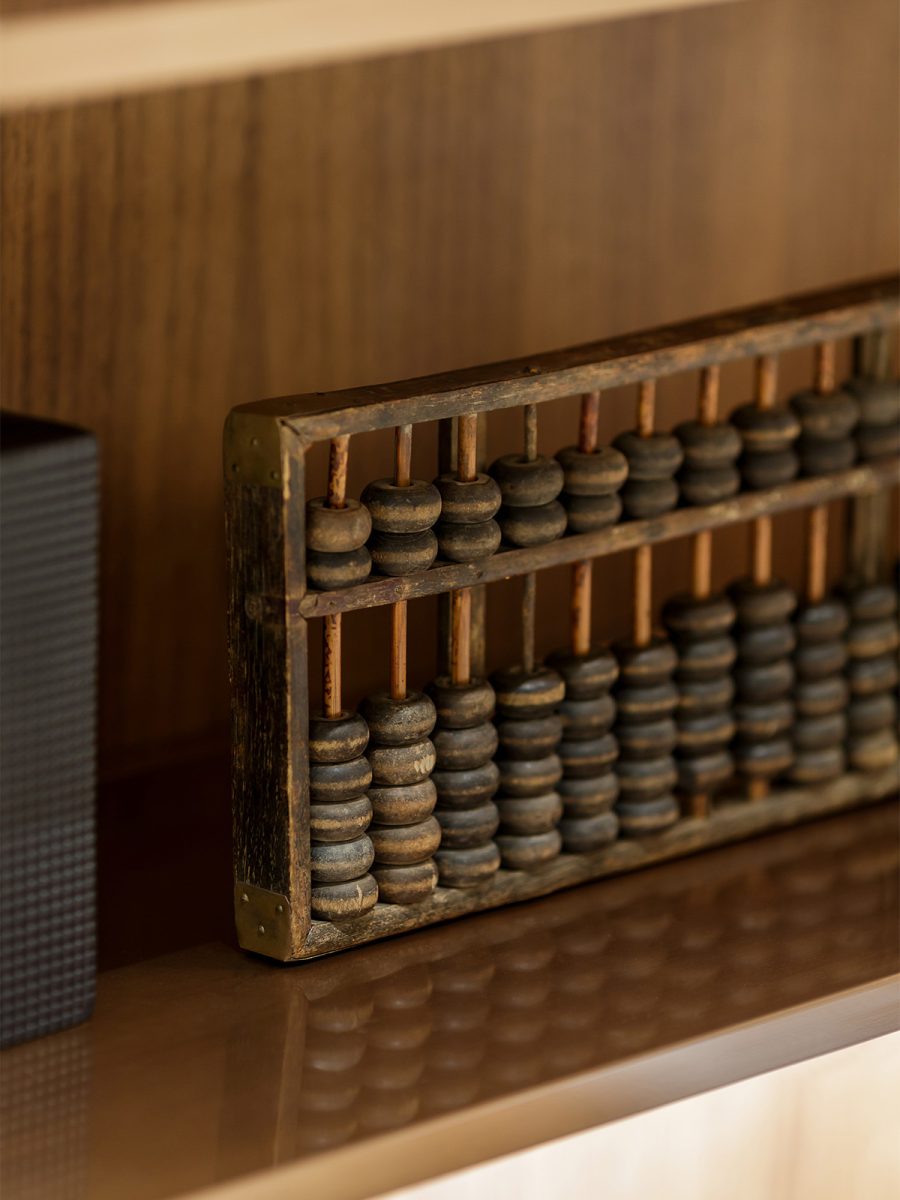
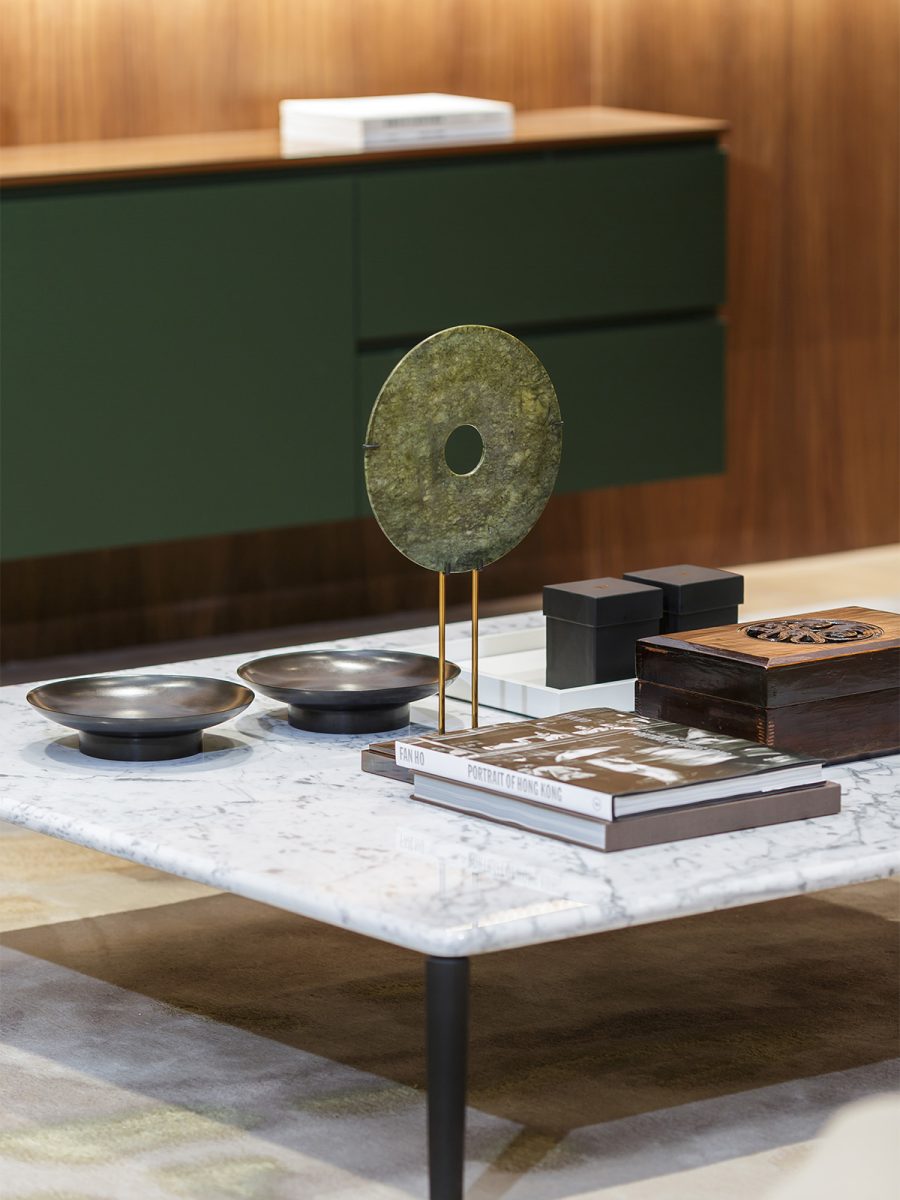
In the new workplace of a Chinese home furnishing company, we incorporated a captivating 16-metre art installation. The bird’s nest symbolises the natural inclination to find comfort and security in familiar surroundings (百鸟归巢).
This concept is deeply rooted in Eastern traditional culture but is also the core value of the client’s vision. By creating such a cosy environment, we ensured the space mirrors the safety and comfort associated with home.
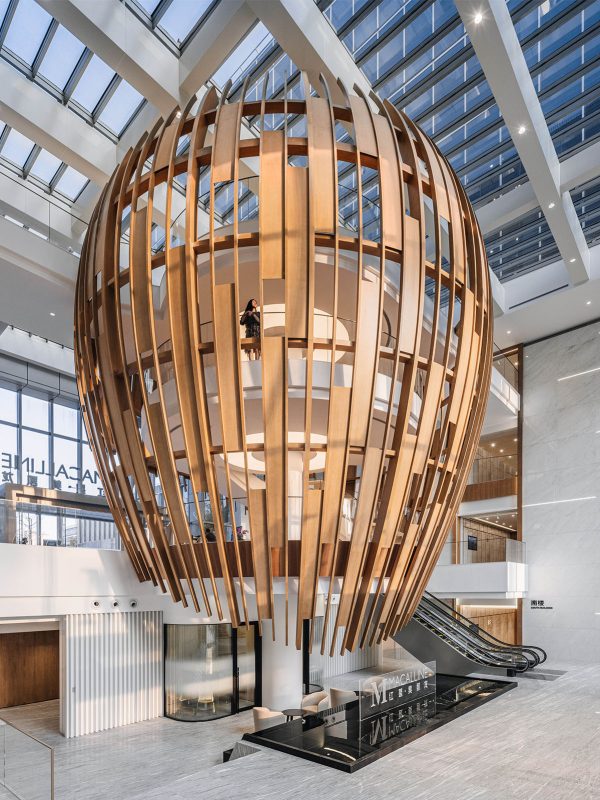
Textures and patterns are vital for adding visual depth and richness to designs. When incorporating Eastern aesthetics, textured patterns can enhance visual appeal and set a distinct mood. Patterns inspired by nature, such as clouds, waves, birds and flowers offer a graceful and serene beauty while capturing the dynamic essence of the natural world.
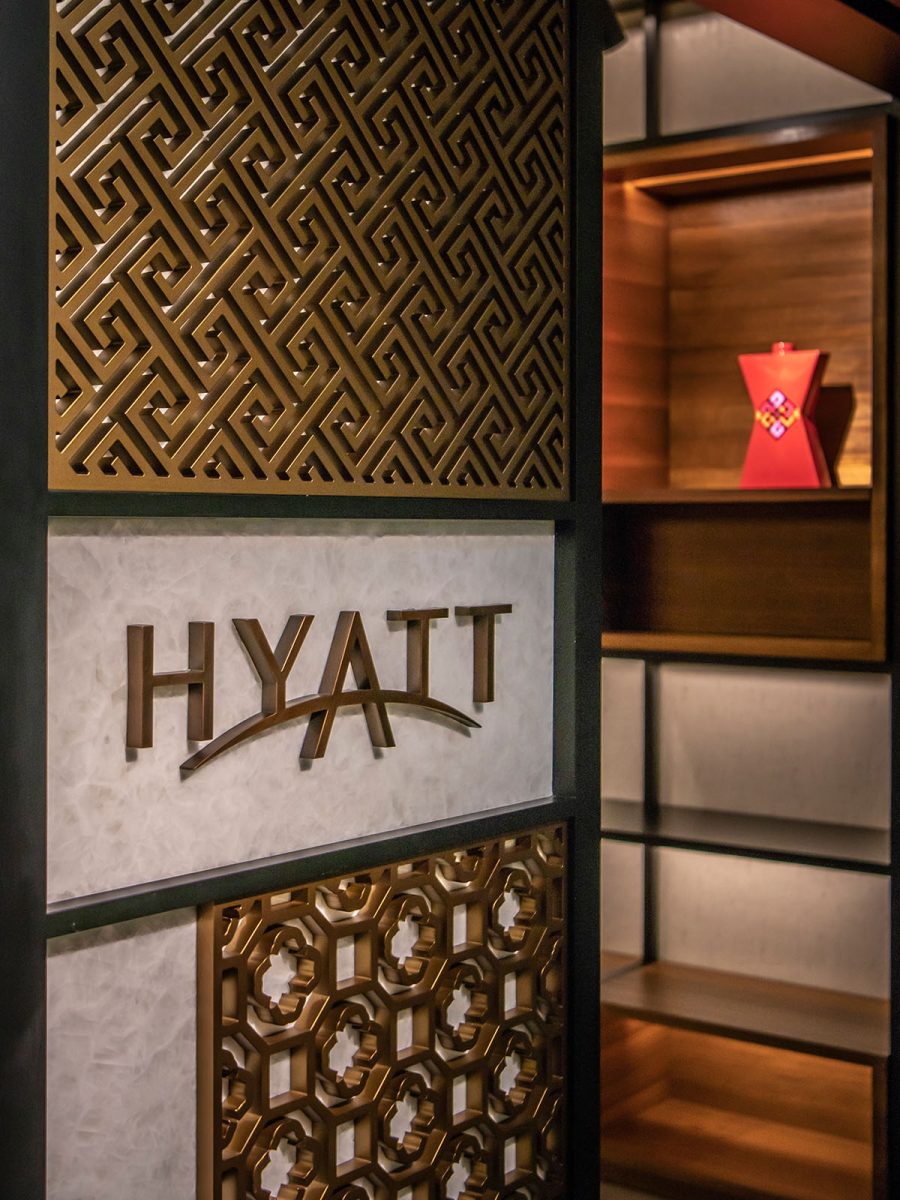
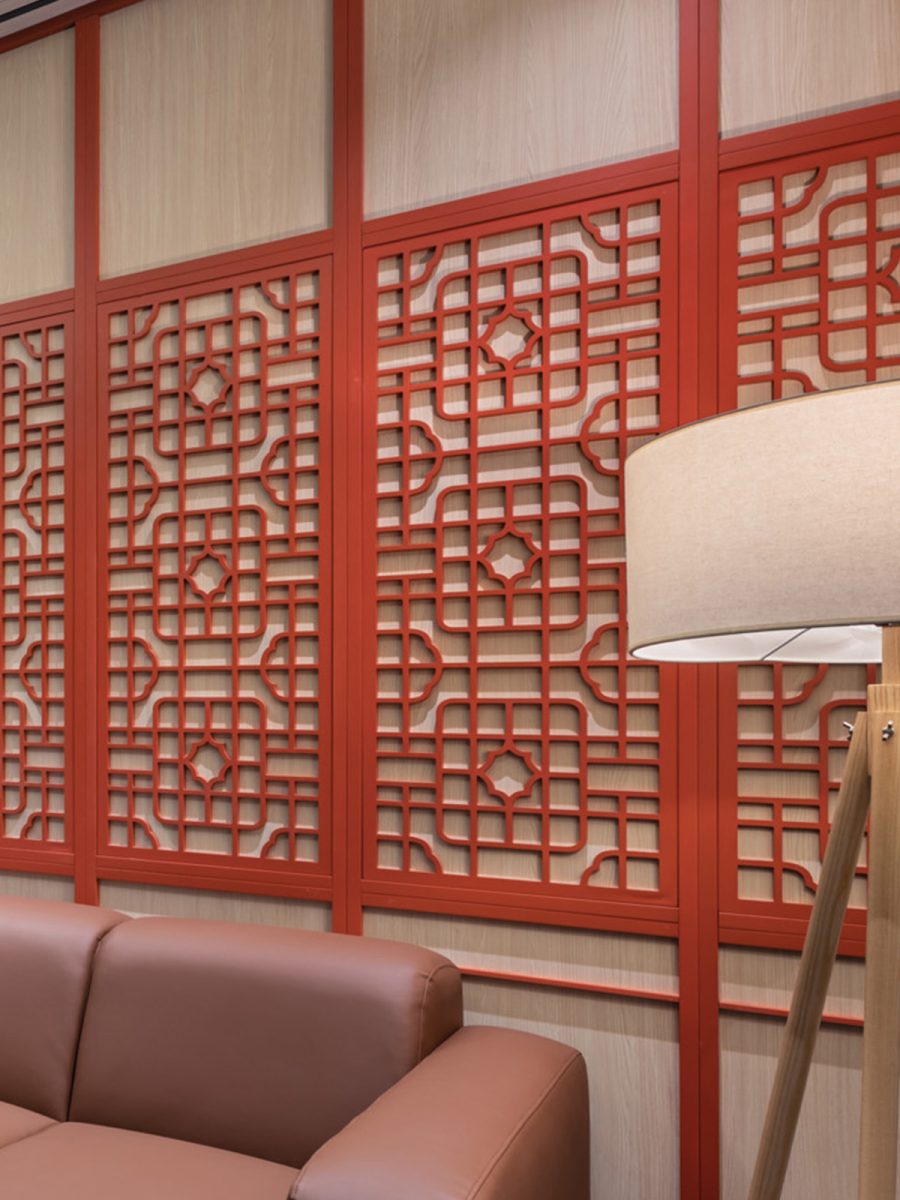
Novozymes’s workplace design draws inspiration from classical Chinese gardens. By seamlessly incorporating traditional patterns into architectural elements, we have crafted an ambiance that celebrates the serenity and greenery of Eastern cities and cultures.
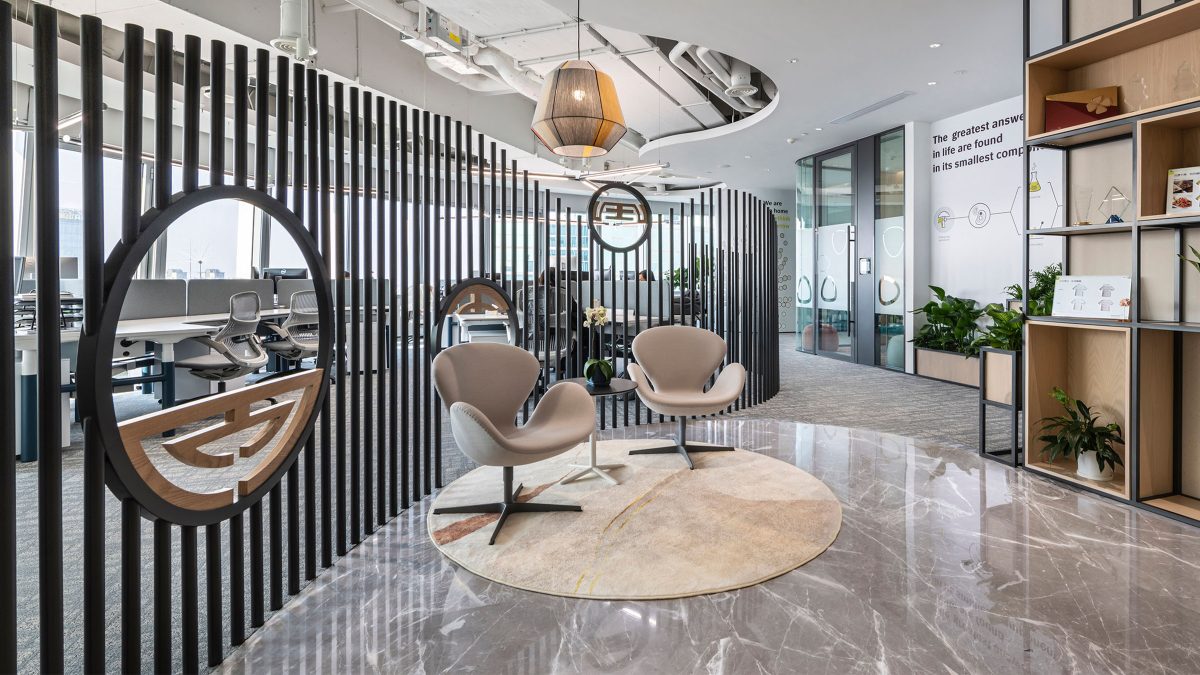
Integrating Eastern aesthetics into environmental branding is another opportunity to connect with local culture. It can create a genuine sense of affinity while elevating the sophistication of the design.
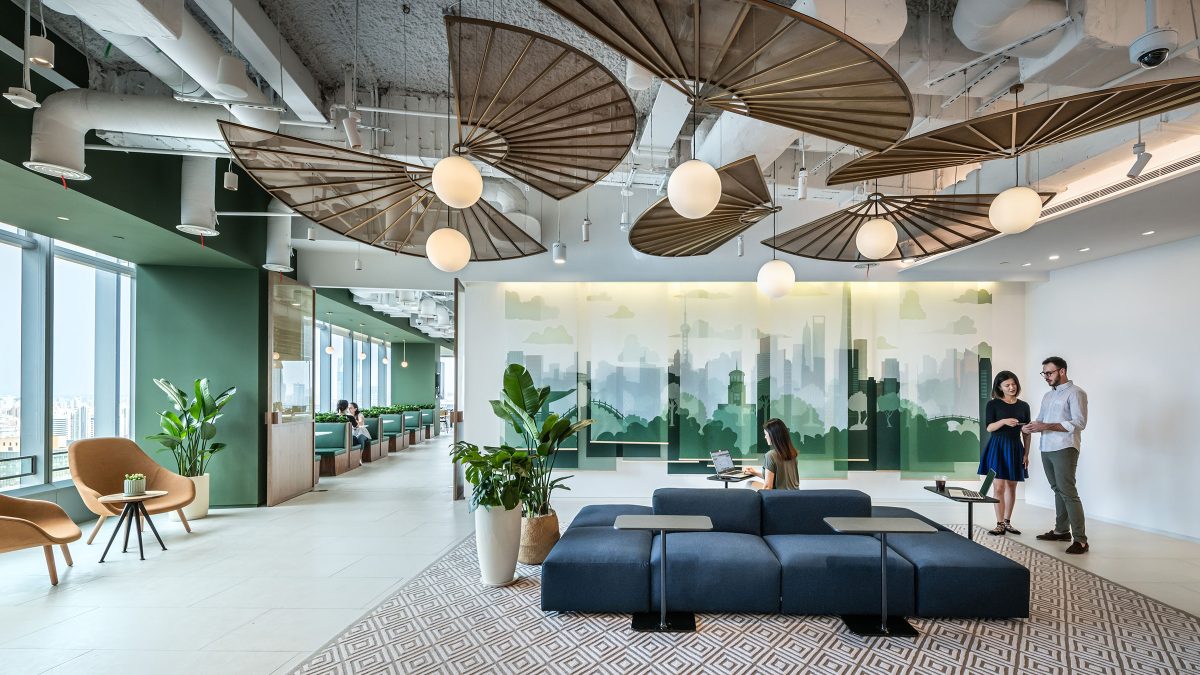
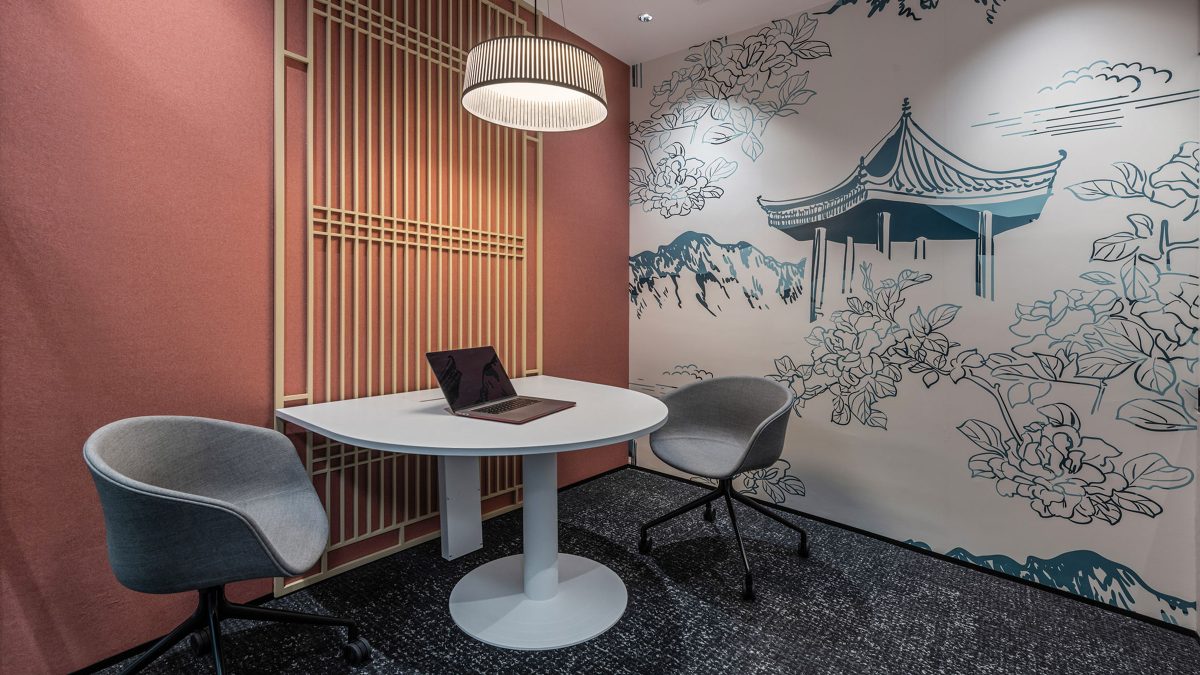
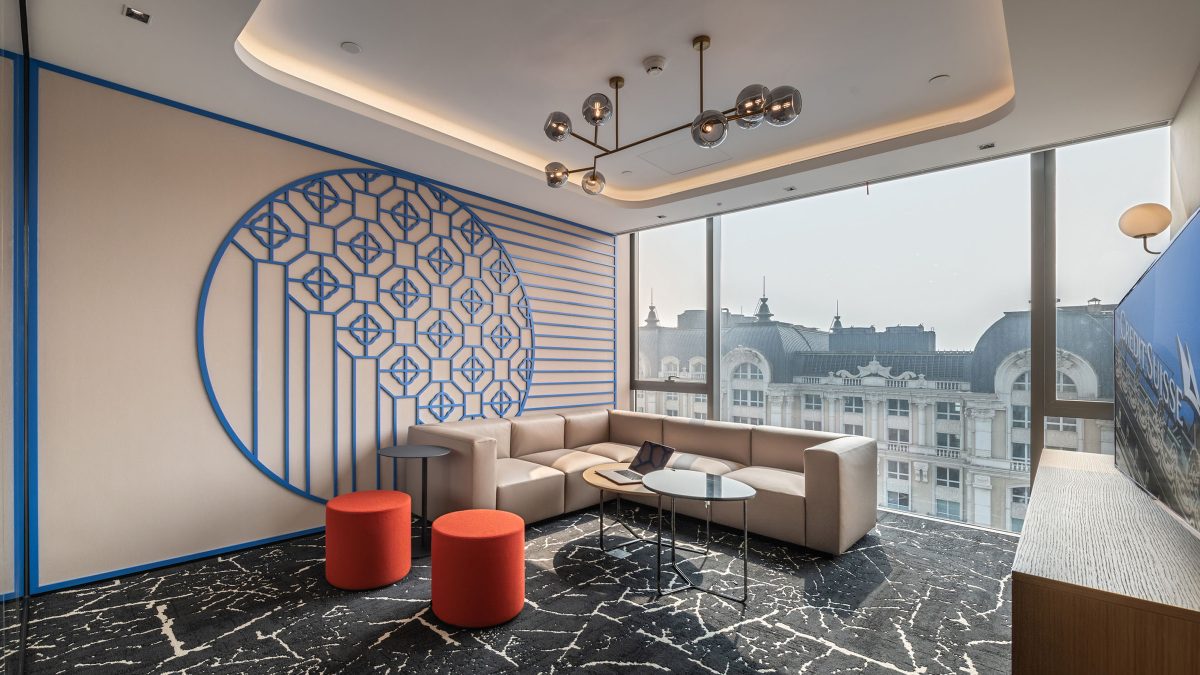
Representing the essence of the traditional concept, “finding harmony in diversity”, PwC’s PlayLab features a mural inspired by the iconic Chinese artwork “Along the River During the Qingming Festival” (清明上河图). The mural celebrates ancient China’s rich artistic legacy and uses a compelling narrative to connect PwC’s corporate culture with local heritage.
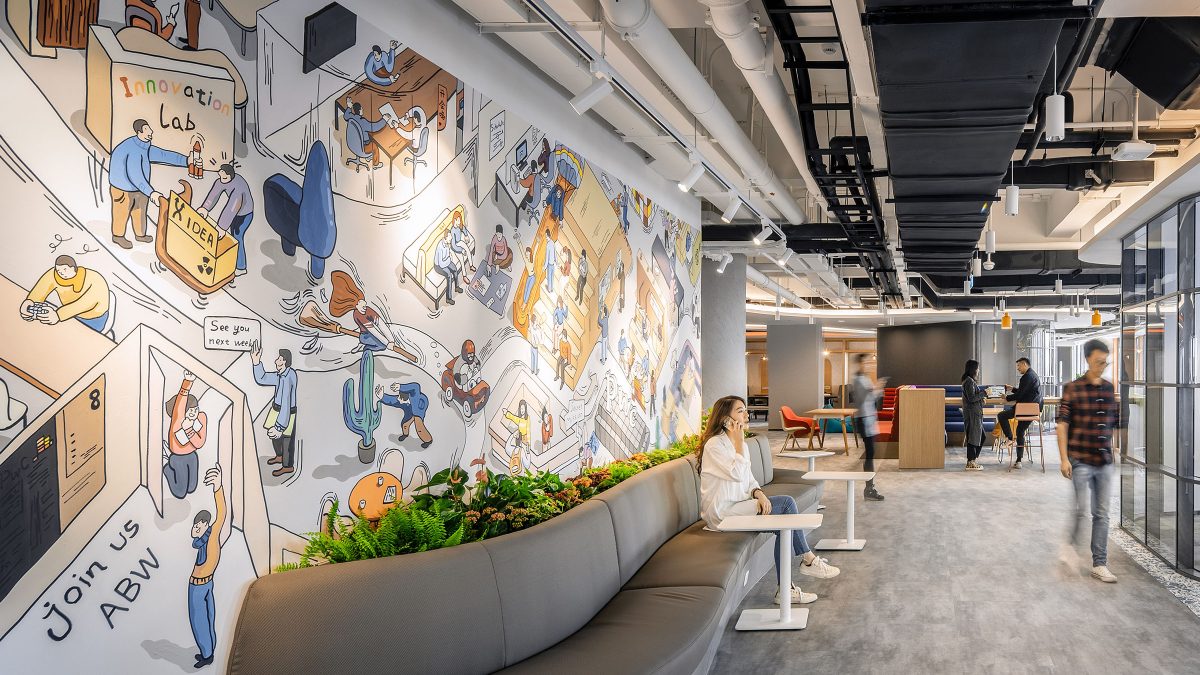
Eastern aesthetics go beyond visual elements to include ambience and sentiment. Crafting an ideal office environment requires a customised aesthetic approach that aligns with the company’s unique needs and aspirations.
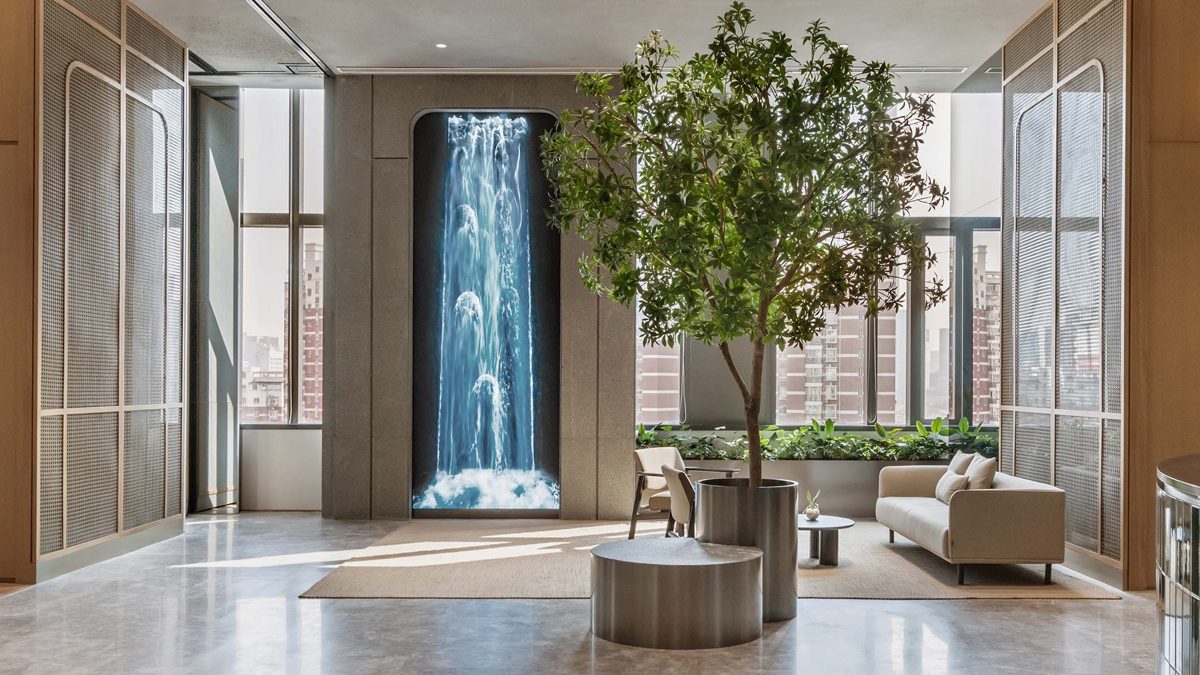
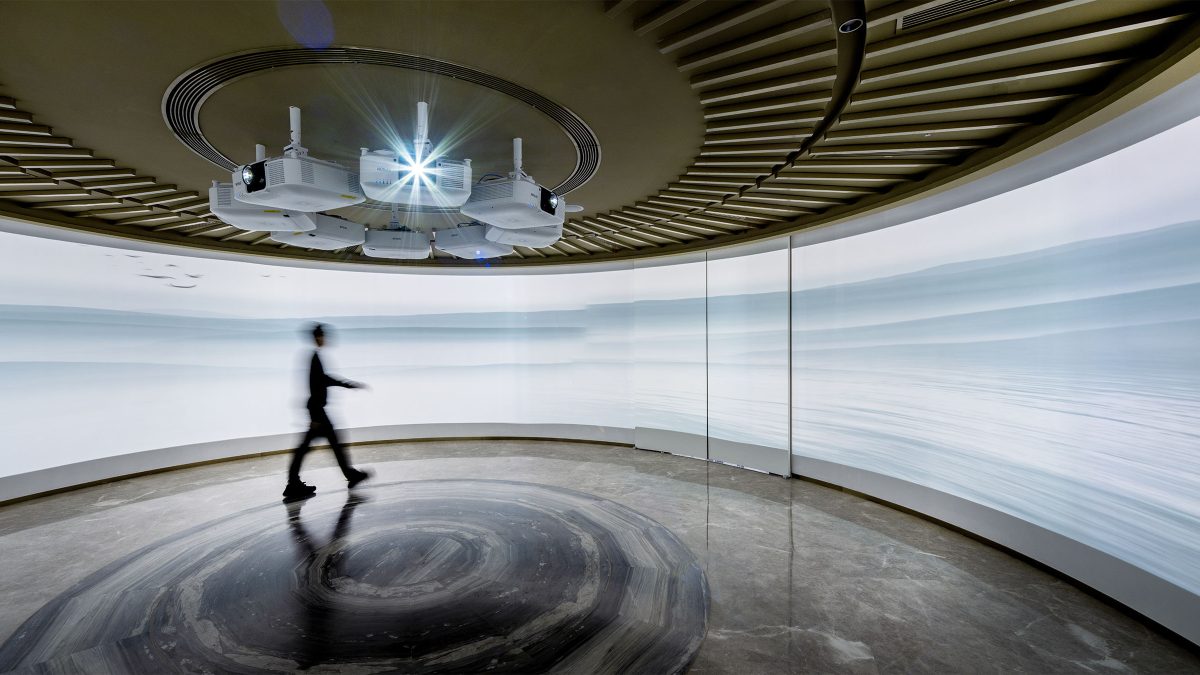
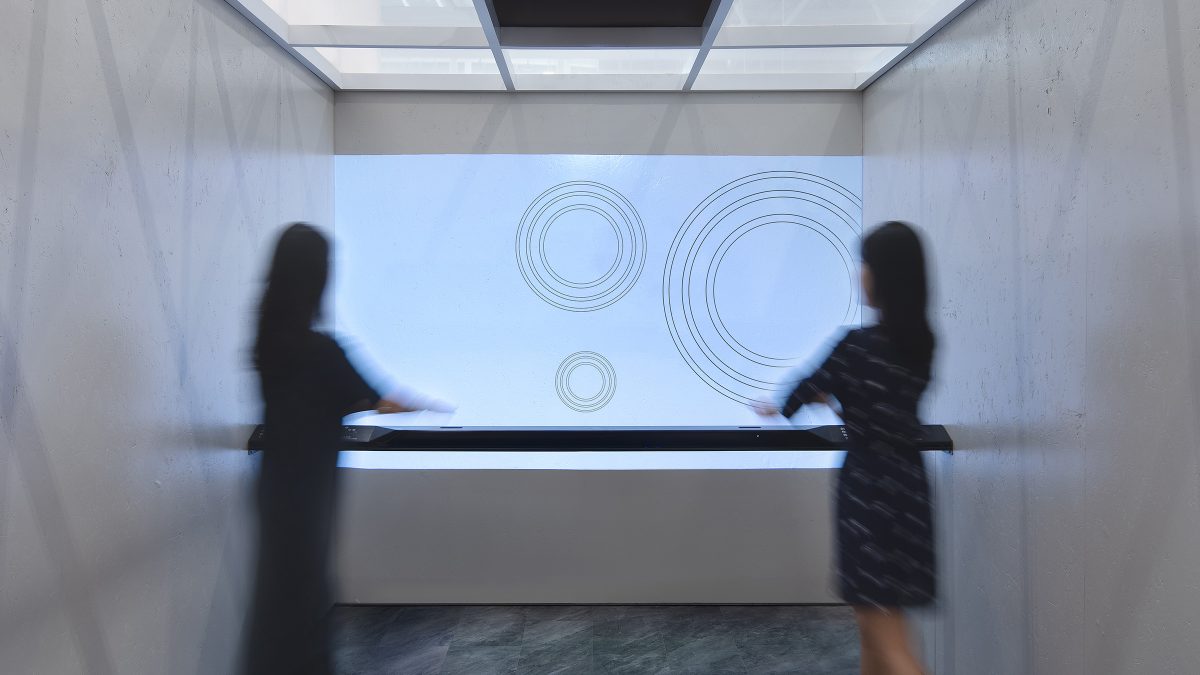
At the heart of our work lies a commitment to diversity and understanding. We bridge cultures through design, introducing local elements while embracing a global perspective. By creating connections in the workplace, fostering a sense of belonging and celebrating the rich tapestry of traditions, we champion inclusive design to support business growth.
